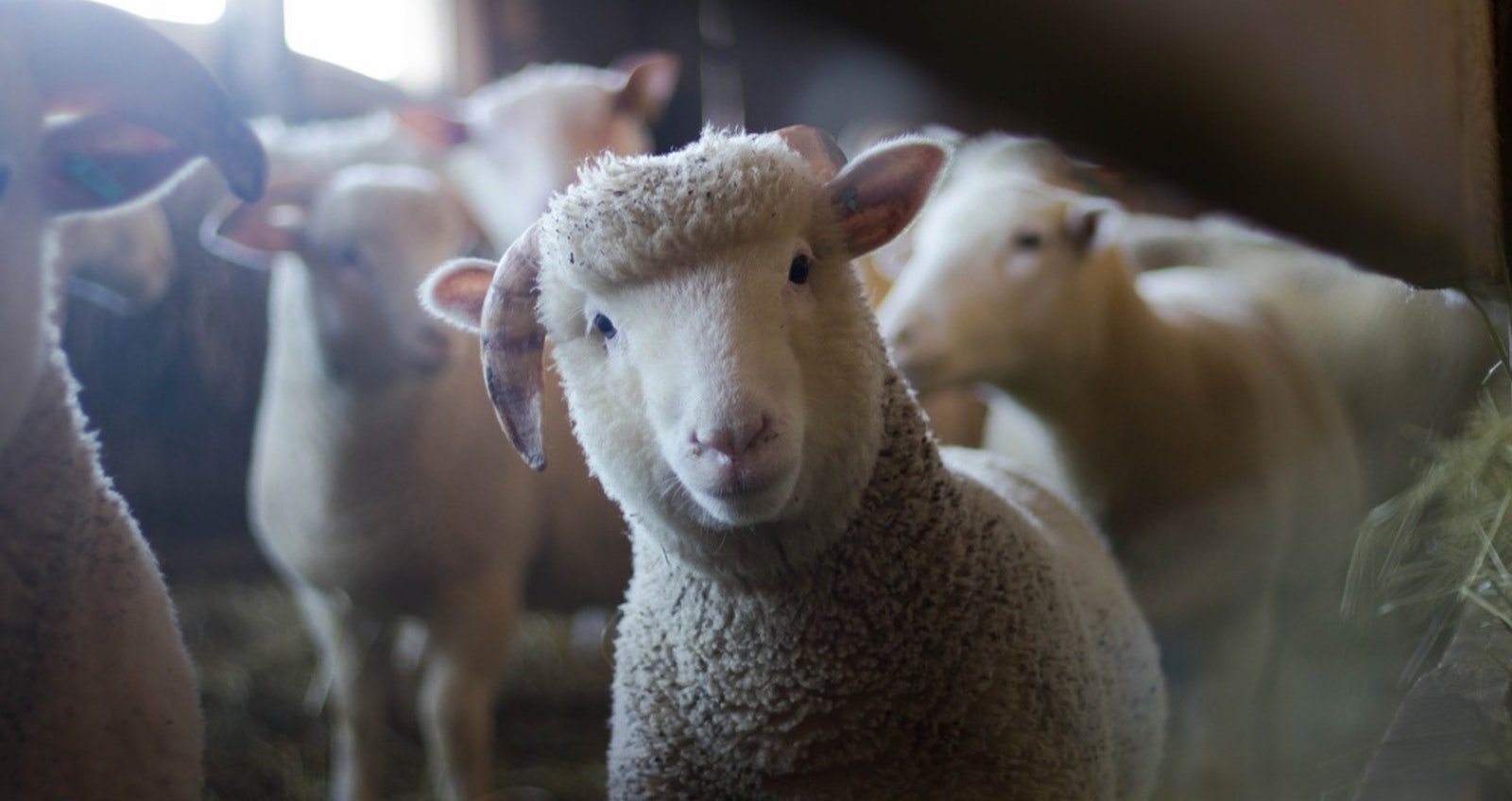When experienced spinners undertake a large project, they generally spend some time planning the yarn. They might even (gasp) try to match a commercial yarn or spin for a desired knitting pattern! As a beginner, I took a more haphazard approach, as we’ve seen from my first vest, first socks, and second vest. I just dove into the spinning, hoping that the resulting yarn could become something knit-worthy. Nowadays, even if I don’t decide on a knitting pattern before I sit down at the wheel, at least I plan the yarn. That habit began around 1997, and I’ve gotten much better at yarn design over time.
Yarn Design for Beginners
Spinning for my first really big project—a sweater with sleeves!—also required spinning for a commercial pattern. I’d made Lily Chin’s surplice wrap sweater before with commercial yarn; now, I wondered how it would work with a sparkly handspun yarn. My fiber dealers carried a commercial top that seemed perfect: a brilliant blue merino with multicolored stripes of stellina running through it.
This time, I sampled (a little): one skein in singles and one skein in a grotesquely undertwisted 2-ply. (When you can see daylight between your plies, that’s a bad sign.) On the 2-ply, the stellina stripes blended into a blue background; I wanted more glitz. Plus, I could start knitting sooner if I didn’t ply. Sometimes laziness short-circuits my decision-making process.
So I chose to make singles and even knitted a small swatch before working up all of my fiber. I’d learned from that sock disaster! My finished singles lived in a sportweight-DK-worsted range. At the time, I didn’t know how to make a control sample for singles yarn, but I did slow down and work at consistency.
Knitting the Sweater
My spinning consistency improved quite a bit this time around, but I also knew that stitch patterns can camouflage spinning problems. With stockinette stitch and ribbing, slubs generally roll to the fabric’s wrong side. Lily Chin’s garment involved both those stitches, so I was set—I’d have to wear a lightbox under my sweater for people to see any slubs.
However, I’d never heard of singles slant until someone at my fiber arts guild mentioned it. Singles slant occurs most frequently on stockinette fabrics knit with singles: The yarn’s twist goes in one direction and causes the knitted fabric to slant unintentionally. Unintentional bias can mess up a sweater’s fit as much as cutting and sewing woven fabric off of grain. And there’s no good solution, except to always knit with 2-ply yarns. Somehow, miraculously, my lovely new sweater did not have this problem. It hung squarely on my body and didn’t twist out of shape when laid on a flat surface. I’d dodged a bullet that I hadn’t even known about—talk about beginner’s luck!
That beginner’s luck has continued (and I’m no longer a beginner): I have never experienced singles slant with my handspun. One of these days I will investigate further, with three videos from some of my favorite spinning gurus. Patsy Zawistoski explains how to duplicate commercial yarns; Kate Larson covers handspinning for knitting; Jillian Moreno teaches the fine points of singles spinning. After all that research, I may discover what I’ve been doing right all these years.
—Deb
Featured Image: Image by Moha Abdo from Pixabay




